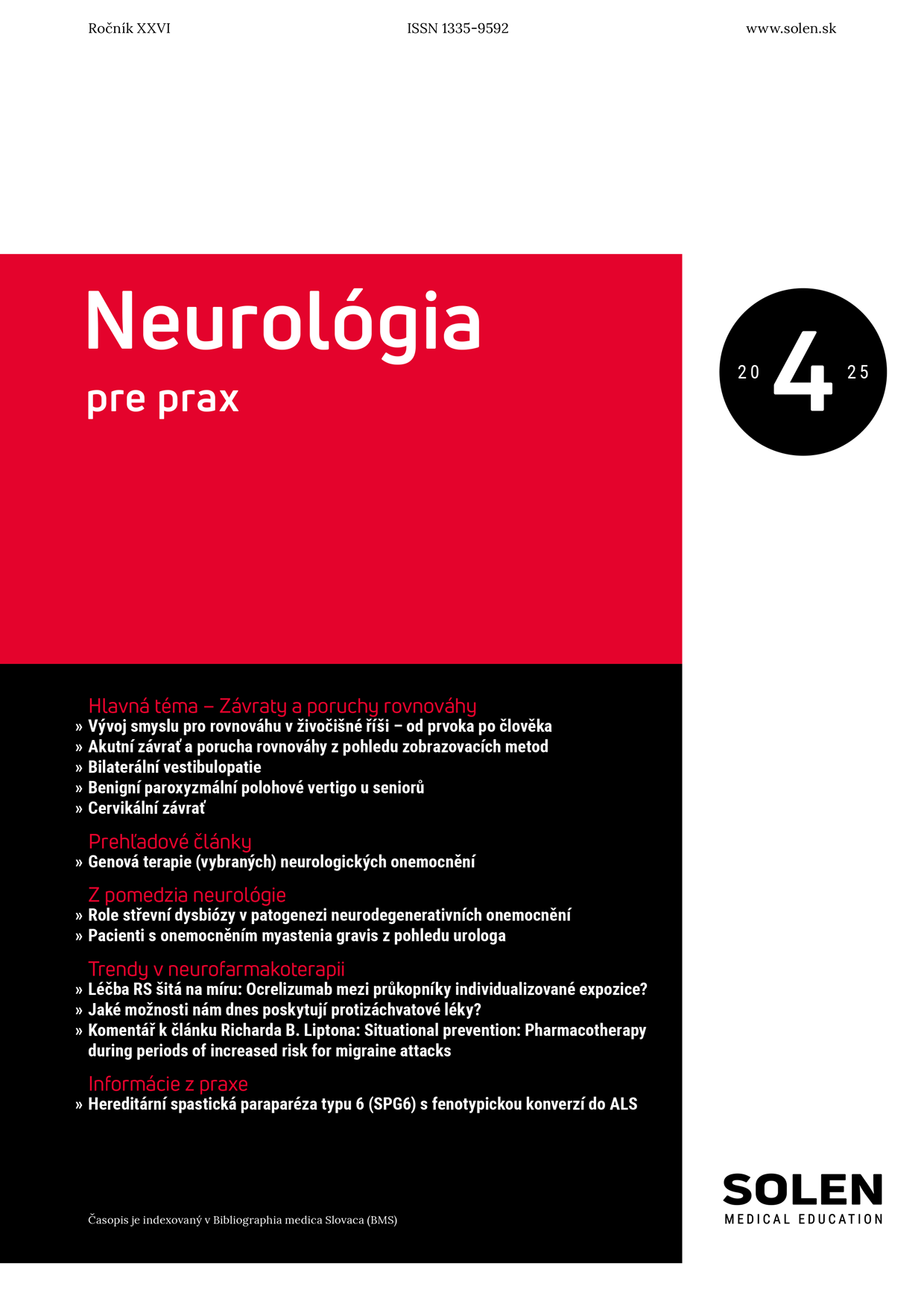Onkológia 1/2007
Blastická transformace indolentních lymfomů
Blastická transformace indolentních nehodgkinských lymfomů je podmíněna klonální divergencí nádorové populace a vyskytuje se u 20 – 40 % nemocných. Riziko transformace se zvyšuje v přímé závislosti na délce trvání onemocnění a přežívání nemocných po transformaci je obvykle kratší než jeden rok. Vysoké riziko blastické transformace předpovídá velká nádorová masa v době stanovení diagnózy a nedosažení kompletní remise po prvoliniové léčbě. Terapie agresivních sekundárních velkobuněčných lymfomů je problematická v důsledku jejich větší rezistence na standardní chemoterapii a omezené kapacity krvetvorby nemocných.
Kľúčové slová: indolentní lymfomy, blastická transformace
Blastic transformation of indolent lymphomas
The blastic transformation of indolent non-Hodgkin lymphoma, the precondition of which is the existence of clonal divergencies in the tumor, appears in 20 − 40 % of patients. The risk of transformation is directly related to the duration of illness and the survival of patients after transformation generally does not exceed one year. The risk of blastic transformation is high in case of voluminous tumors at the moment of their diagnosis and in case of incomplete remission in first-line treatment. The therapy of aggressive secondary large-cell lymphoma is problematic due to their higher resistance to standard chemotherapy and restricted blood production if the patients.
Keywords: indolent lymphoma, blastic transformation

















